Вы здесь
Walk in Astana.
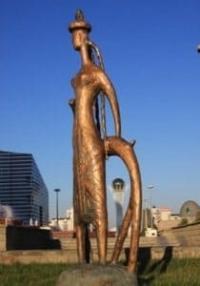
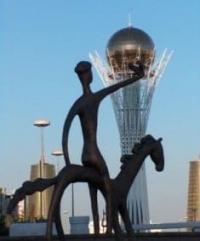
Cultural tours in Astana.
“They say that travel is the best way to educate yourself in everything: it’s true, it’s definitely true! You will learn so much here.”
Nikolai Gavrilovich Chernyshevsky.
Season: year round.
Duration of excursion: 4 hours.
Detailed program of an excursion trip in Astana:
Guided tours in Astana.
Excursion in Astana. Visit to the Hazret Sultan Mosque. The mosque is located on the right bank of the Ishim River, near the American Embassy, next to the Kazak Eli monument and is located next to the Palace of Peace and Reconciliation. The main mosque of Astana is built of white marble.
The second largest mosque in Central Asia after the mosque in Turkmenistan "Spirituality of Turkmenbashi". The construction of the mosque of Khazrat Sultan Cathedral Mosque began in June 2009. The building was built in the classical Islamic style with the use of traditional Kazakh ornaments 5000 believers can fit in the Hazret Sultan Mosque, up to 10,000 people on holidays.
The Hazret Sultan Mosque has the largest dome in Kazakhstan, 51 meters high and 28.1 meters in diameter at the base of the dome. The mosque also has eight small domes with diameters of 10.45 and 7.6 meters, and a height of 33, 46 and 25 meters.
In the corners of the mosque there are 4 minarets 77 meters high. After the excursion to the mosque, transfer to the shopping and entertainment complex - "Khan Shatyr". From here our tour on the Nurly Zhol boulevard will begin. Behind us is the Khan-Shatyr complex, designed by the British architect Norman Foster.
Further we go through the Gashyktar park, through the arch of a popular administrative building with gilded glass to the Nurly Zhol boulevard. On our way, we examine: the Water-Green Boulevard residential complex, the buildings of OA “Kazakhstan Temir-Zholy” (nickname Lighter), the Emerald Quarter business center, the Northern Lights residential complex, the Astana-Baiterek monument "(Visiting the Bayterek tower).
The height of Astana-Baiterek is 105 meters, the diameter of the ball is 22 meters. Inside the ball are a bar and a panoramic room. Further, our walk continues to the House of Ministries, the building of the Government of Kazakhstan, the Supreme Court of the Republic of Kazakhstan.
The boulevard of Nurzhol avenue ends with the residence of the president of Ak Orda.
Short information on town of Astana.
The location of Kazakhstan's capital began as nothing more than a ford across the Esil River (also Yesil, or Ishim in Russian), close to which a settlement called Akmola emerged part of a trading route that originated on a branch of the ancient Silk Road.
Akmola was used as a staging post by travellers, and trade in cattle and merchandise from China and the towns of the Central Asian steppe flourished. Scholars differ on whether the name refers to the nearby white barrows or graves (Ak Mola) or the "white abundance" of sheep's wool, cotton and mare's milk.
Fresh excavations on nearby Lake Buzuk suggest a settlement called Ak-Zhol (White Track) during the time of the Desht-Kypchak from the X to XII centuries AD. In 1830, the Russians established a fortress here and named il Akmolinsk.
The stronghold at first served as a shelter for the Kazakhs against attacks from warlike neighbours such as the Kalmyks, Bashkirs and Cossacks, but later on its role changed to that of an outpost in Russia's campaign to colonize the nomadic steppe peoples.
In 1838, it was captured and razed by Kenesary Kasymov, the leader of the largest Kazakh revolt against Russian colonialism. But Russia's ambitions could not be held back; Akmolinsk was rebuilt, the settlement grew in size and importance and in 1862 it obtained city status.
Mining became its predominant industry and it also became an important railway junction.
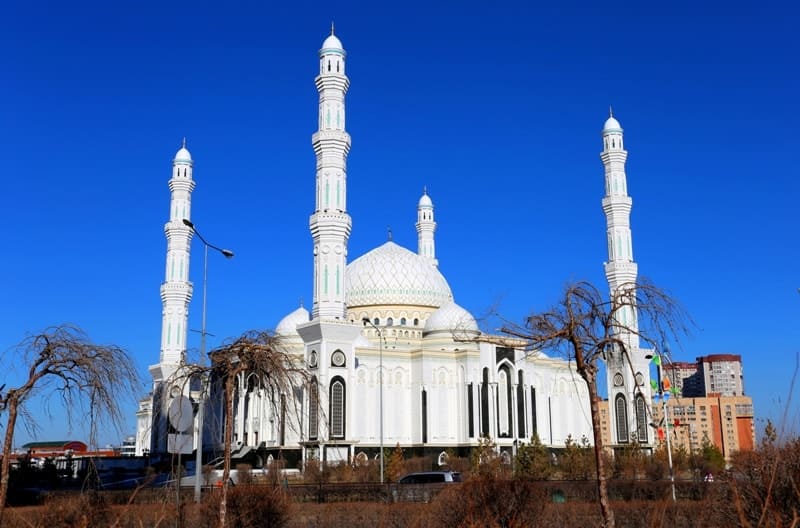
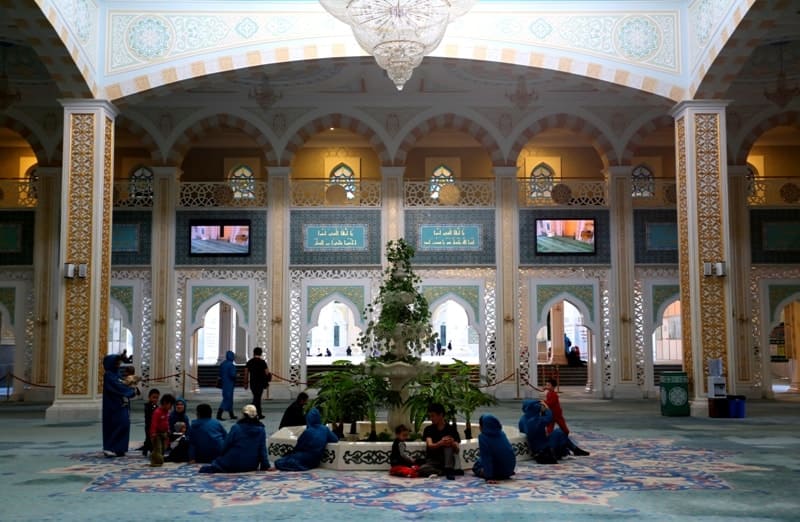
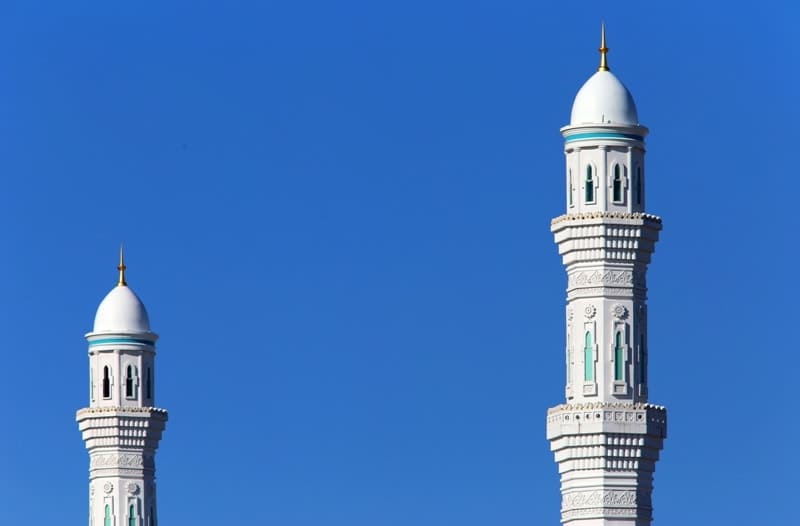
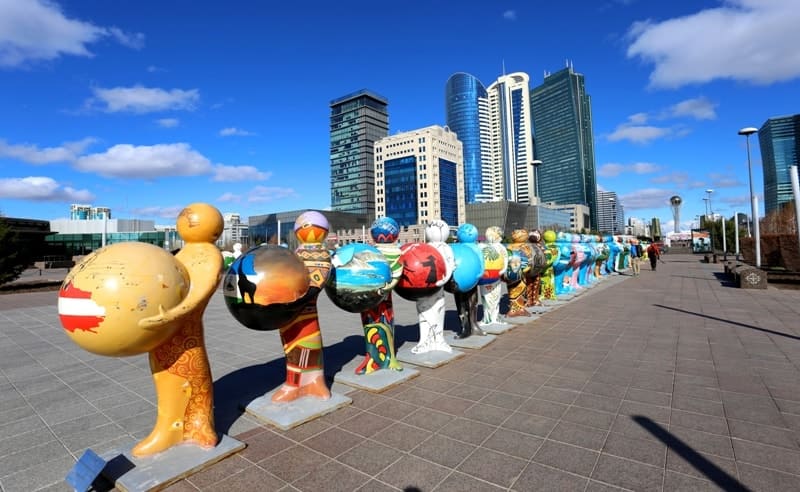
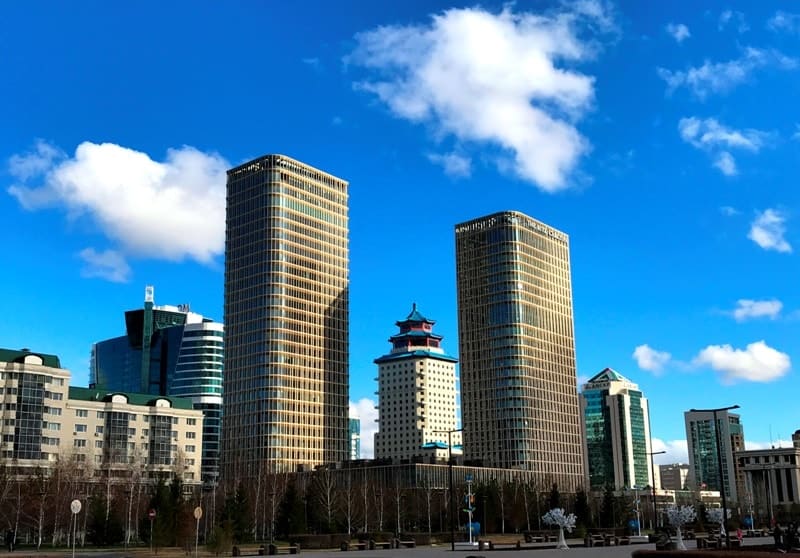
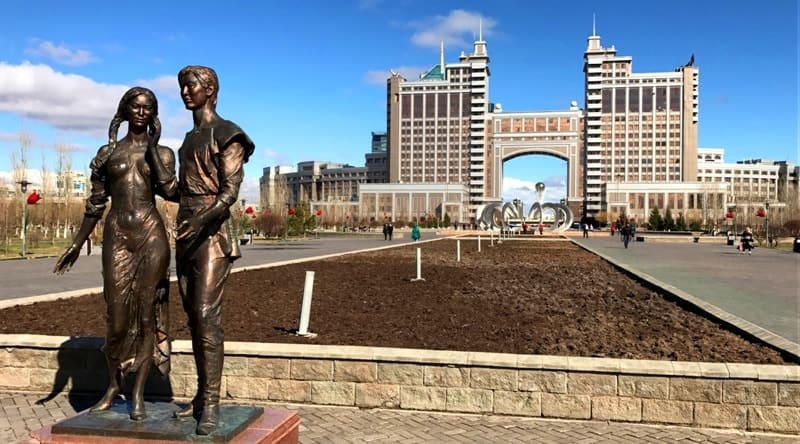
Note:
Author program of Alexander Petrov. Copying and introduction - from the sanction of the author.
Alexander Petrov
photos by:







